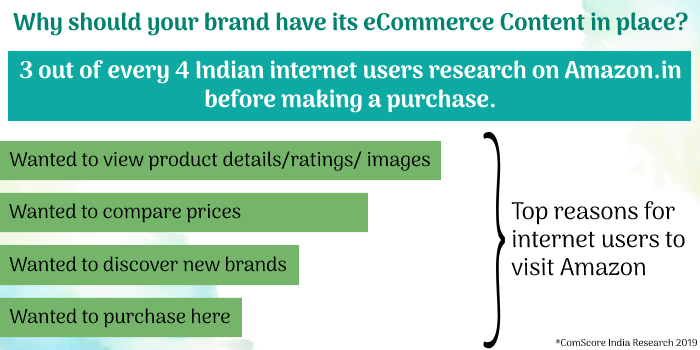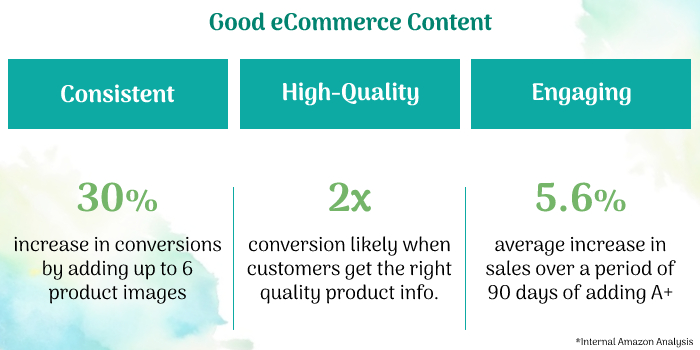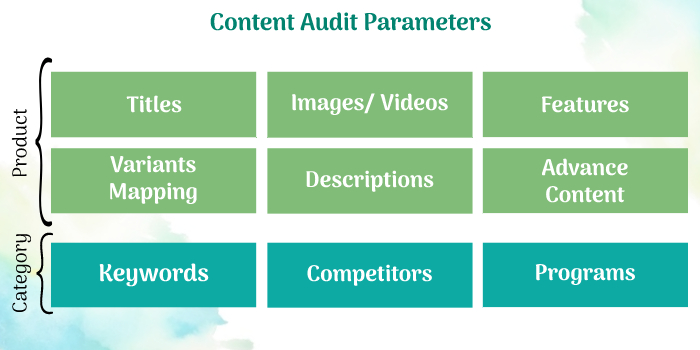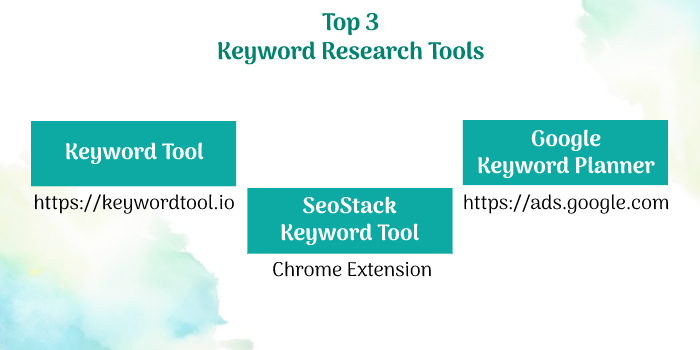Content! If you are a digital marketer or are in any way connected to the field, you know there’s no avoiding it! Everything digital is based on content, be it social media, advertisements, landing pages, websites, emails, or eCommerce.
Companies are increasing their spending on digital content every day as they realize the power of this precious commodity, making the most of every content asset available to them. Let’s take a deeper dive into the role of content, creating an eCommerce content strategy, and basically, how to do it right!
Table of Contents
Online Marketplaces and eGrocers as Strong Content Platforms
Although Amazon, Flipkart, BigBasket, and other eCommerce platforms are behemoths on their own, they aren’t very different from other digital marketing sites when it comes to content. You require thoughtfully designed visuals, crisp copies, and a brand story to mean something to your audiences. Your search engine strategy must complement your Amazon search strategy because, apparently, people don’t only go to a platform like Amazon to shop, but they also go there to research. In fact, according to Insider, 46.7% of product searches begin on Amazon vs. 39.3% of searches on browsers like Google. Have you ever thought about what makes eCommerce content so prominent?

Brand Building Opportunities
Well, thanks to offerings like the Brand Store on Amazon, brands can have their own unique and dynamic mini website to meet consumers where they are. Exciting imagery, comparable features and pricing, and getting to see all that a brand offers are ideal for getting shoppers interested in extended categories and product lines. Plus, it helps create an alternate way for consumers to reach your brand.
Driving Sales with Awareness & Consideration
Objectives like authenticity and reliability, which were traditionally only accomplished in a store, can be quickly addressed on eStores with proper presence, visibility, and content. These eCommerce platforms allow consumers to read through packaging, get visual information, and scan through reviews, or even ask questions about the products. These reviews & question-answers help your brand enjoy improved discoverability & increased market share.
Easily Editable, Tailored Brand Content
Buyer personalities and motivations are bound to be varied for a single product, but eCommerce platforms allow you to design content that flexibly aligns with these varied needs. Several platforms offer unique content placements and formats to help you grow engagement and brand recall with infographics, premium videos, as well as digital magazine articles, and short-form posts.
It Puts Your Brand Up in Search
Try this now, Google “shampoo,” and you’ll get a results page full of eCommerce listings. Need I say more? Your customers know that they will have instant access to reviews and similar products to compare on these platforms. Therefore, they are most likely to click on these eCommerce search results, making these platforms a great tool to create integrated campaigns that help tap your brand’s potential.
Developing an eCommerce Content Strategy
Creating and promoting digital content is not as easy as it may seem, especially in an industry where every rupee must prove its ROI; content developers need to plan their content to ensure it supports the company’s marketing and financial goals. To put it straight, content is the base you prepare to provide a strong foundation for your leads, sales, and awareness efforts. Therefore, a well-put eCommerce content strategy will help fill the gap between your marketing KPIs and the actual results.

So, what is a good eCommerce content strategy?
The mere thought of creating a “strategy” for eCommerce content may seem overwhelming, but think of it as an output of your goals and your audience’s expectations. A good strategy must start with choosing a KPI and then working towards meeting it, like page visits and views. Then, we start taking the exact steps that will lead us to that goal.
But, of course, even with all the planning and the best of execution, content campaigns can sometimes fail to meet their KPIs. And that’s perfectly OK because a good eCommerce content strategy must also include observation, analysis, and measurement so that the content can be optimized for better performance in the future.
Define Your Goals
Someone has rightly said that “goals give our lives meaning” because, without them, we’d be directionless. This stands true for a strategy, too; start by defining what is to be accomplished or directionless. Study the brand well, consider what it stands for, and understand the brand’s needs and marketing objectives. A few common goals that your eCommerce content strategy may address are –
- Growing product awareness
- Supporting customer queries
- Changing how the brand is perceived
- Attracting and retaining buyers
- Encouraging trials and purchases
It’s natural for these goals to change as a brand grows. For example, for a company that is just starting out, you’d want to work on building recognition and awareness, while for a more established brand, you might want to focus on retaining buyers and nurturing leads. To identify this, you must first conduct an eCommerce content audit and analysis.
Content Audit
Execute a thorough content audit to identify the available content inventory, data resources, lists of products, and all existing brand assets, and evaluate their usefulness. Also, determine if you have gaps, missing or incomplete information on the eCommerce platforms. See what information about the product is already available to the customers and what needs to be sent out, then plan the way ahead.
Just as you create content for different channels, you’ll have the opportunity to create content for eCommerce in various formats. And depending upon the category of products you’re working with, you must pick the right approach. For example, for a food brand, you would want to utilize articles on BB Cookbook, or a recipe video on the product display page. Another consumer goods brand might want to utilize the A+ content space on Amazon and other platforms to give out additional information about the brand’s expertise, product creation, or general benefits through infographics.

Know Your Audience
Who will be reading your content? This question is critical to a successful eCommerce content strategy. Using a combination of content types and channels will help reach various audiences your brand caters to. Ideally, every product is meant to solve a problem for its respective target group, and your content should educate that group of audience through this problem as they begin to identify and address it.
Read through the reviews and identify important questions and inquiries around the use and after-use of the product. Especially on eCommerce, ensure that your content answers to:
- people who are still figuring out if they need your product, and
- people who are already using your product but might want to explore more.
The content must function to reinforce the needs of an ideal user of the product and make the ones already using it more qualified to use the product.
Addressing Purchase Barriers
Most people may head to Amazon to learn about the product, gathering information they might otherwise have to collect from a physical store. Therefore, everything from product reviews, user-generated questions, and purchase patterns should inspire your eCommerce content. Using such inputs, you can solve issues for your readers (buyers) and build your brand upwards by filling gaps in communication. This approach can help online and has a subsequent effect on regular brick-and-mortar sales.
Examine Your Competition
Know what your competition is doing and learn from what seems to be working for them. In this process, you might develop an idea unique and unexplored by even the competitor brand, thanks to the fast-growing eCommerce industry practices. It would be great if you could find areas where your competitor’s content is lacking, so you could fill in the gaps to provide better value to your target audiences. Besides examining your competitors’ digital content, you would also want to note the brand and category keywords they rank for.
Keyword Research
After you have a fair idea of the category keywords being used by your competitors, you must carefully add the keywords most relevant to your audience, which then becomes the backbone of your eCommerce content development efforts. You can rely on the platform’s automatic search suggestions or use online tools to research keywords to create content around them, driving traffic and higher SEO search rankings for your brand.

Design a Progress Calendar
Creating a calendar, tracking progress, and maintaining records are all very important for ironing out the minor details of where, when, and what content will be available. An editorial calendar in marketing terms, or a content master in eCommerce, will help you keep track of your consistency and ensure you’re not missing out on anything.
Measure your eCommerce content efforts wherever possible through improved search positions, positive reviews, page visits, or conversions. Finally, you can use these metrics to modify your eCommerce content strategy and achieve new goals over time.
No matter what product you are selling, content is an inevitable part of your marketing strategy. Creating and sharing valuable content builds trust and sets a reputation with potential as well as existing buyers. It also keeps buyers engaged, giving them something to share with others. So, have you started working on your eCommerce content strategy yet? If you are confused about where to start, you can connect with our experts at info@paxcom.net.















